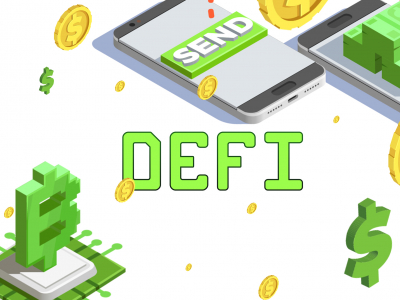Gavin Andresen, ex-Chief Scientist for Bitcoin Foundation, has proposed a draft BIP aiming to execute hard fork network upgrade by 2018 if approved by 75%.
The co-developer of BitcoinXT, whose initiative to increase blocks every two years by 8Mb failed earlier, has published a new project of a one-time increase in total amount of transaction data permitted in a block from 1 to 2Mb. The proposal suggests to proceed with the current economic policy and mitigate potential CPU exhaustion attacks while exercising hard fork network upgrade. If the proposal does not gain enough support by 00:00:00 GMT 1 January 2018, it will be considered withdrawn.
The idea, shared by Bitcoin Classic adherents, is much less radical than that of the failed BitcoinXT, but still there are numerous disagreements around it. Thus, bitcoin developer Eric Lombroso advocates for multiple soft forks instead of a single hard one, saying that one particular chain “is going to outgrow the other one and will become the main chain; in the case of hard forks, this is not the case.”
Andresen, vice versa, thinks that the fork he advocates for will not divide blockchain into two chains but rather into two branches, of which the strongest will survive:
“After a blockchain fork, there are two branches – not two chains. Economic incentives are overwhelming for only stronger branch to survive,” Andersen wrote in his Twitter.
Discussing the publication, Reddit users paid most of their attention to whether the decision has to be made by the majority of 75%. As stated in Andresen’s paper, 75% was chosen instead of 95% “to minimize the opportunity for a single large mining pool or miner to be able to veto an increase, either because of ideological opposition or threat of violence or extortion.” Some bitcoiners support the decision, saying that the figure is much more appropriate than any higher one (and that it could have even been lower). Others argue that unless support for a proposal on a vital issue is unanimous, it should not be agreed with:
“If you can't make an uncontentious proposal then there's something wrong with your proposal and bitcoin just chugs along until someone comes up with a better one.”
Therefore, the debate around block size leads to delving deeper into the depths of whether bitcoin is a self-regulated, democratic, voluntary, consensus-based or any other type of community, as well as whether its possible future lies in tougher centralisation, or it is just impossible thanks to the very nature of the distributed digital currency.
As for Gavin Andresen, he hopes for a better future for bitcoin whatever the block size debate results in, supposing that what awaits bitcoin in the future is specialisation:
“In the long run I think everything will work out fine, no matter what happens with the block limit… I’ll be contributing my advice and experience (and code review and code) to Bitcoin Classic and Bitcoin Unlimited and Bitcoin Core and maybe other open source projects that come along. I hope that they are all successful, and figure out where in the Bitcoin ecosystem they should specialize.”
He suggests that Bitcoin Classic might turn into the “preferred distribution for miners” while Bitcoin Unlimited focuses "on features for end-users,” and Bitcoin Core works on the “longer-term improvements at the core protocol level.”
Maria Rudina

















